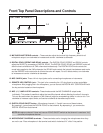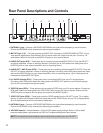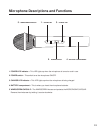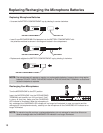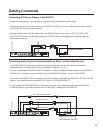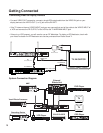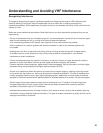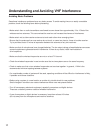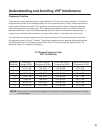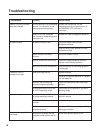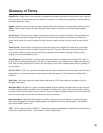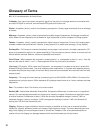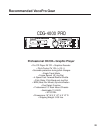
17
Understanding and Avoiding VHF Interference
Avoiding Basic Problems
Sometimes interference problems have very basic causes. To avoid wasting time on an easily correctable
problem, check the following items before proceeding:
• Make certain than no radio transmitters are allowed to come closer than approximately 10 to 15 feet of the
wireless receiver antennas. This can overload the receiver and increase the chances of interference.
• Make certain not to allow receiver antennas to touch each other when arranging them.
Be sure that the antennas from one receiver do not touch, or come too close to, those of another receiver.
Try to provide at least 10 inches of separation between the antennas of any two receivers.
• Make sure that all microphones have charged batteries. The low output voltage of weak batteries can cause
some microphones to generate harmful interference. If there is any doubt, install fresh batteries in
all microphones.
• Make sure that the wireless frequencies are not on a local TV channel.
• Check the wireless frequencies in use to make sure that no two systems are on the same frequency.
• Check to make sure that no two wireless frequencies are too close together. In general, 1 MHz is the
recommended minimum spacing between systems.
• If a considerable number of systems will be used, operating conditions will be difficult or interference is likely,
if possible avoid these situations.
• Before using a system in a new location or another city, double-check for new problems.
Small changes in conditions can cause interference where none was present before.
• Turn off unnecessary electronic equipment, especially computers and digital devices.
These are a relatively common cause of wireless interference.
• If use of computers or digital devices is necessary, keep them at least 18 inches
(45 cm) away from the microphones and receiver antennas.




